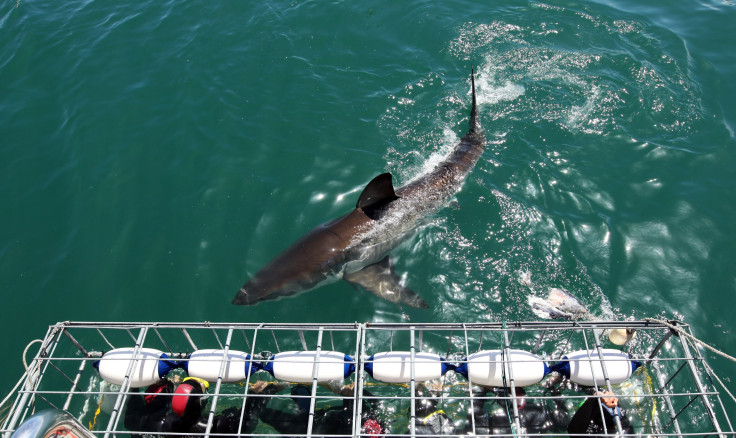First Great White Shark Nursery Discovered By Ocearch Team Off Long Island Coast

A team of fishermen and scientists working for an ocean research organization has reportedly discovered the first known birthing site for great white sharks on the North Atlantic Coast. Ocearch founder and leader of the expedition, Chris Fischer, has termed this development as “probably the most significant discovery we’ve ever made on the ocean,” according to CBS.
Great white sharks are tracked by Ocearch by putting tags on their dorsal fins. When these sharks rise to the surface, a satellite is pinged. On other expeditions, the team had gone days without finding even one shark but this summer was different with the organization tagging and releasing nine great white sharks within a week.
Finding this nursery off the coast of Long Island was a significant step for the researchers as it can lead to better protection policies for the species. The discovery is also important for extending the scope of scientific knowledge in the field.
One of the sharks tagged was a female named Gratitude. CBS News correspondent Jeff Glor said, “She was anxious to get off.”
“She was, yeah. And she’s gone, but now everybody can follow her,” Fischer added.
#ExpeditionNY: Meet the newest shark on the Shark Tracker, Gratitude! https://t.co/YFKr16GEsX pic.twitter.com/J7CBIk2ptc
— OCEARCH (@OCEARCH) August 25, 2016
Others tagged include Hampton — a 42-pound male — and Montauk — a 4-foot, 50-pound female. Most of these are immature and expected to stay in the region until they turn 20, or reach adulthood. The scientists collect blood and tissue samples from the sharks in under 15 minutes to determine their sex and gain more knowledge about the species.
“These whites sharks, they pick good places to drop off their pups,” WABC-TV reported Fischer as saying. “It means you are living in a very special place, critical habitat for the entire abundance of the north Atlantic.”
The team was attempting to see if any of the newly tagged sharks were born to the great white sharks they had previously encountered off Cape Cod, Massachusetts. CBS quoted Fischer explaining: “The strategy at the time was, get a tag out on big mature animals, and when you get one on a big female, 18 months later, she should lead you to the holy grail of the research, the birthing site.”
The location of these sharks can be accessed by the public on the Ocearch website.
© Copyright IBTimes 2024. All rights reserved.












